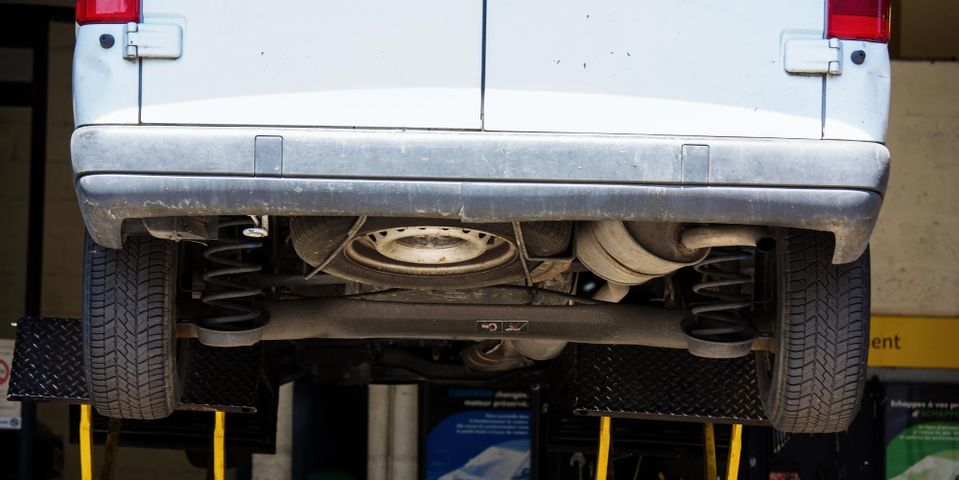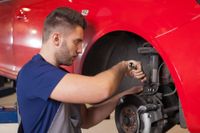When to Have an Auto Shop Replace Your Struts & Shocks

One of the most important aspects of driving is maintaining control of the vehicle. This relies, in part, on the shocks and struts, which keep the car less bouncy and well-balanced even on rough, bumpy roads. While both components are intended to last as long as the vehicle itself, they may break down sooner than expected and need replacements. Here’s how to know when it’s time to visit an auto shop to have them changed.
What Are Shocks & Struts?
Shocks and struts are often used interchangeably but have slight differences. Many vehicles have struts on the front and shocks on the back. As part of the overall suspension system, struts support the springs that absorb bumps and road impacts, while shocks reduce the bounce by dampening the springing motion. Aside from absorbing shocks, struts also play a role in positioning the wheels and holding the car’s body off the ground to keep it from falling. The shocks, on the other hand, prevent your car from bouncing after hitting a bump and maintain the tires firmly on the ground.
Why They Are Essential
 Driving your car with bad struts and shocks can be difficult, dangerous, and uncomfortable. When these components wear out, they can significantly alter a car’s handling, stability, and ease of cornering. Hitting potholes or road debris can cause your vehicle to rock, rattle, or bounce uncomfortably and lead to a loss of control, especially at highway speeds. Damaged struts and shocks also affect your car’s braking ability, making it hazardous for wet weather driving.
Driving your car with bad struts and shocks can be difficult, dangerous, and uncomfortable. When these components wear out, they can significantly alter a car’s handling, stability, and ease of cornering. Hitting potholes or road debris can cause your vehicle to rock, rattle, or bounce uncomfortably and lead to a loss of control, especially at highway speeds. Damaged struts and shocks also affect your car’s braking ability, making it hazardous for wet weather driving.
How to Know When You Need a Replacement
While most shocks and struts can last a car’s lifetime, they may wear down faster with frequent driving on bumpy, rough roads. Have them replaced at reputable auto shops when you notice your vehicle bottoming out over railroad tracks, bumps, and dips on the road, or excessively bouncing after the incident.
Pay particular attention to other symptoms, such as unusual noises, excessive body lean or sway during corner turns and lane switches, poor steering control, and noticeable dipping of the front end when braking hard. Ignoring these telltale signs of bad shocks and struts can result in uneven tire wear, thinned out brake pads, and damage on other suspension parts.
Shocks and struts do more than keep your ride comfy—they’re essential in your safety as well. Have yours checked at Stillwater Auto Clinic, one of the leading auto shops in Minnesota. Since 1977, they have been providing excellent auto repair services, particularly on suspensions, brakes, and transmissions. Give them a call at (651) 351-7188 to request a free estimate or visit their website today.
About the Business
Have a question? Ask the experts!
Send your question

